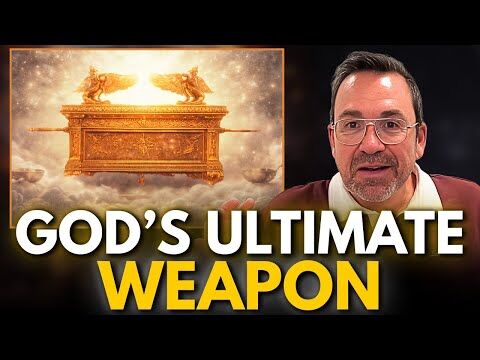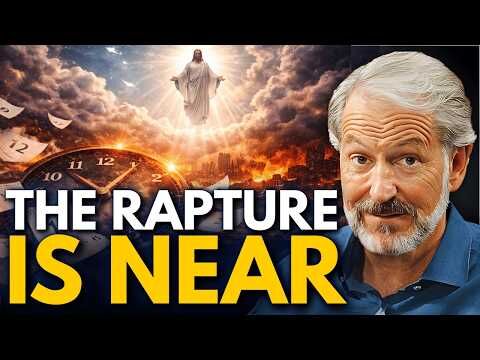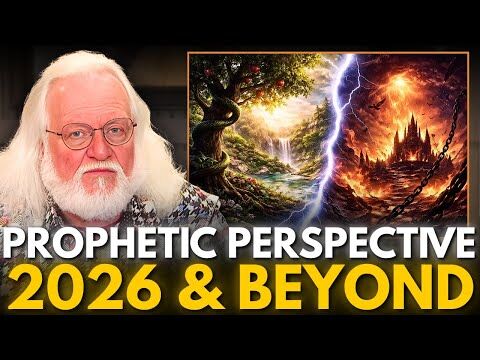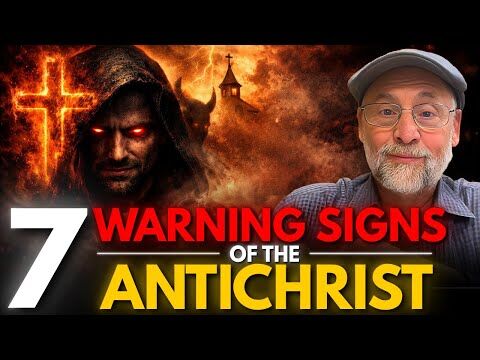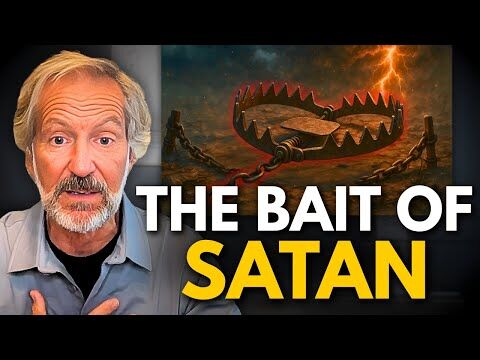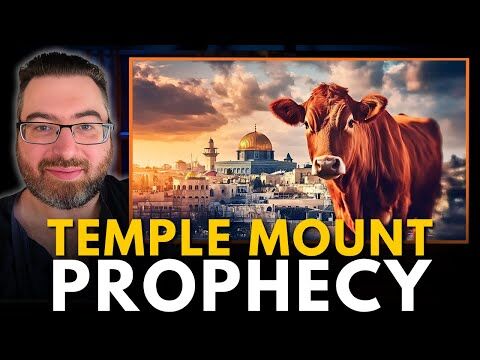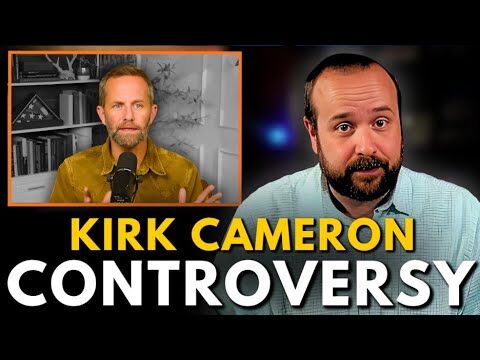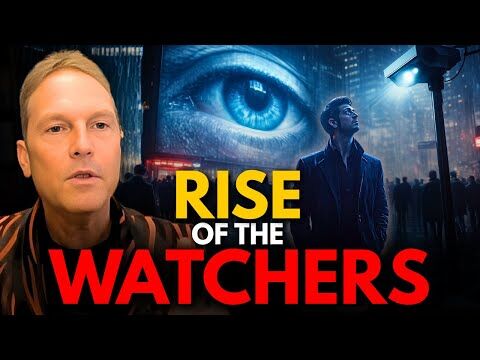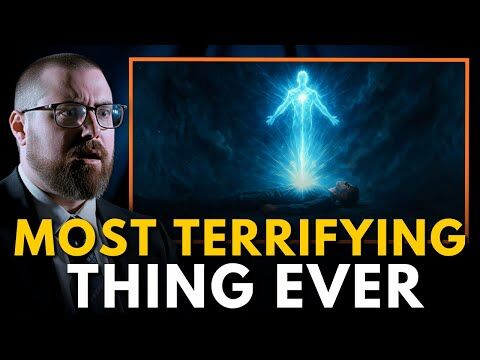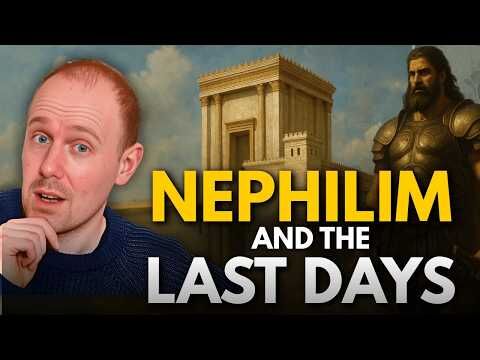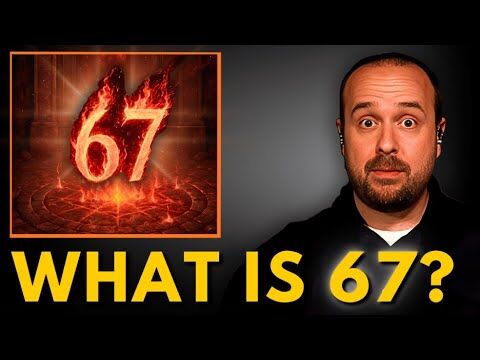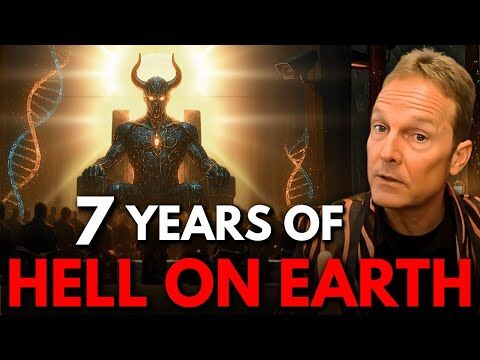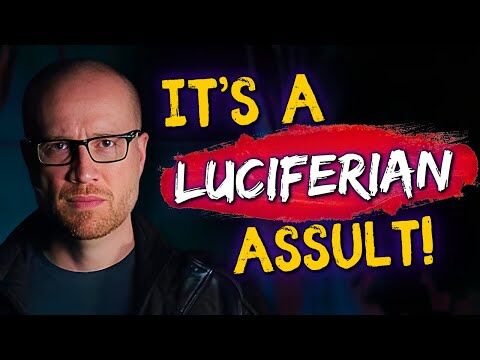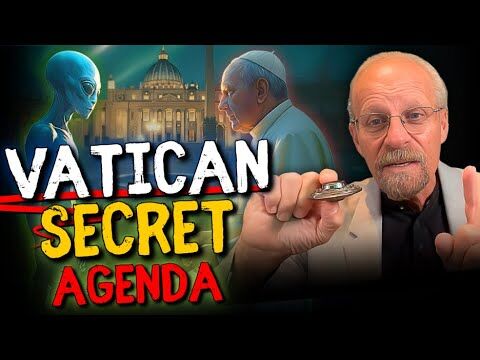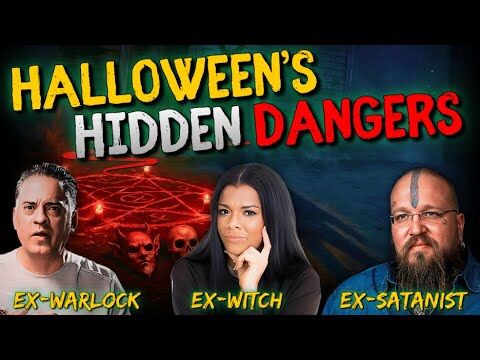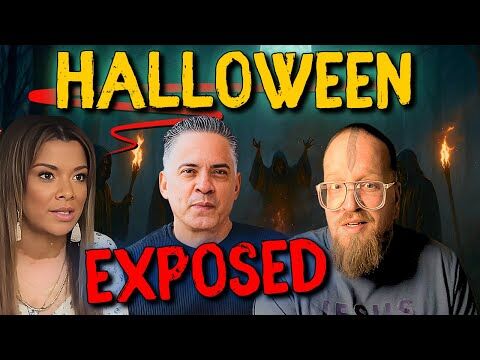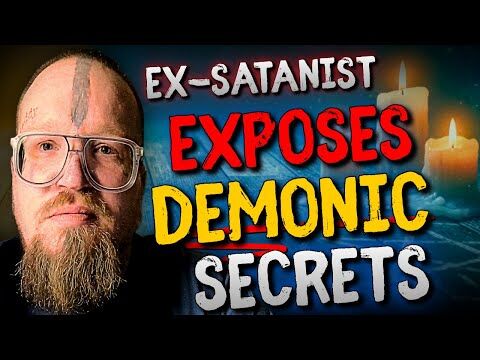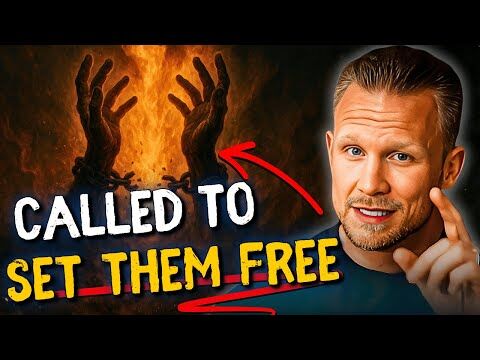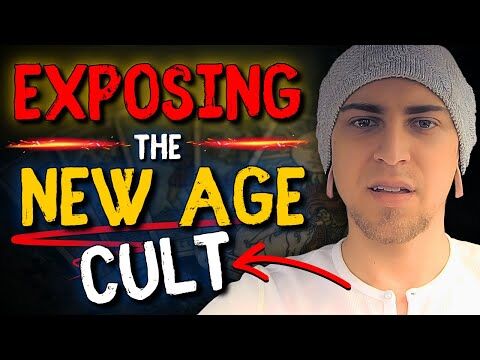In Copenhagen, Denmark–the unofficial capital of the workld’s hippie movement–visitors fins all the free drugs they want. yet in this place where morals don’t apply, a few radical Christians are offering an alternative.
Pusher Street in Copenhagen, Denmark, is a shopper’s paradise. Bustling with activity, exhibit booths line both sides of the 10-foot-wide boulevard. But the merchandise on display is not what you’ll find at your local street market.
Vendors proudly sell their wares: Marijuana in earthenware bowls, multicolored joints, and exotic drugs of every description and origin. Customers sniff the goods at leisure, deciding on their drug of choice: hashish in every imaginable form. Customers here easily exchange their money–and souls–for a quick high.
Pusher Street is real business, an internationally renowned trade center that has flourished for 28 years as a symbol of decadence in Europe. It’s as well-established and public as it is illegal–the only drug market in the world that appears on official maps and offers guided tours. It’s a place where immorality runs rampant and spiritual darkness pervades every alley.
And it’s the last place you’d expect to find any Christians.
But this is exactly where John Andersen recently moved–to plant a new church. Some of his new neighbors have already nicknamed him “Jesus.”
This bizarre drug haven is in the heart of Christiania, a hippie “freetown” in Copenhagen that upholds the ideals of the flower-power hippie era. It’s Woodstock turned into an established settlement–a village with more than 1,000 drop-out inhabitants and its own thread- bare political structures that fly in the face of a Europe that excels in huge bureaucracy and petty regulations.
On leaving Christiania, a sign reads, “You are now entering the European Union”–testimony to the freetown’s detachment from the status quo.
Once an army arsenal, Christiania was occupied by hippies in 1971, and it obtained legal recognition as a “social experiment” 15 years after the world had counted the hippie movement passé. The village is a no-car zone, but a 10-minute cab ride will take you to downtown Copenhagen and its plethora of restaurants, pubs, palaces, museums and luxurious shops that attract some of the largest crowds of international tourists in Europe. But with the exception of Tivoli, Europe’s premier amusement park, Pusher Street beats them all.
Between 500,000 to 750,000 people visit the dope market yearly, some to shop, others just to breath the air that has been rendered “Scandinavia’s sweetest” because of the lingering marijuana fumes. Crowding the street are over-aged hippies, leftover left-wing protesters, New Age practitioners, “green” activists, alternative artists, rock musicians and their fans, and hundreds of thousands of ordinary backpackers and common tourists.
Depravity is the order of the day in this place where ordinary rules don’t apply. But this doesn’t intimidate Andersen. On every other corner kids stop him, wanting to chat or play for a while. Recently Charisma toured Pusher Street with Andersen to find out how believers in Christiania are shining the light of the gospel in one of Europe’s darkest corners.
Inside the Enemy’s Camp
This is not an easy place to be a Christian. Although 90 percent of Denmark’s population maintains formal links with the Lutheran Church–the country’s official national church–church attendance varies between 1 percent and 4 percent. Eastern religions have gained large followings, New Age thinking is embraced on a wide scale, and one-third of Danes believe in reincarnation.
But Andersen is up for the challenge of reaching these lost souls.
As we began our tour, Anderson explained that Kjell Sjoberg, a Swedish intercessor who died two years ago, claimed that Christiania was a satanic stronghold binding all of Scandinavia. “It is such a small place,” Andersen says, “but it exerts an enormous influence.
“People don’t know it, but many of the values and attitudes that make up the lifestyle of ordinary, middle class people today, are the result of what the hippies fought for 30 years ago–and Christiania still does,” he adds. Today Denmark thrives on New Age religions, an individualistic view of freedom and an absence of sexual mores.
But to Andersen all of this represents a great spiritual opportunity. “If we succeed in establishing a gospel stronghold in Christiania,” he says, “it would affect a much wider sphere than the freetown itself–even all of Scandinavia.”
Strange Vibrations In DenmarkNew Age shops are everywhere in Christiania, but the Holy Spirit is at work. Though its name makes it sound like a quaint Christian village, Christiania–the infamous hippie “freetown” inside Copenhagen–is really a hub of occult activity. No matter what flavor of mysticism a visitor might prefer, they’re sure to find plenty of choices to satisfy their taste for darkness. The town offers a Buddhist temple, a spiritualist Energy Workshop, an occult school, a New Age pyramid and endless esoteric events.Ole, an old hippie who didn’t want Charisma to use his real name, is considered by many to be the master of Christiania, a spiritual healer who supposedly controls the town’s “vibrations.” “Ole used to come to some of our evangelistic meetings,” says Sten Thomsen, pastor of Harbor Church in Copenhagen. “And he actually took over, spiritually.” In 1994 Thomsen invited Mark Dupont from the Toronto Airport Christian Fellowship for a summer conference. The Toronto Blessing revival had just begun. “Ole came again,” Thomsen says, “but this time he just sat there. The Holy Spirit touched people, and Ole’s ‘vibrations’ were quenched.” Several years later, John Andersen, who is planting a church in the heart of Christiania, felt a heavy burden to pray for this occult leader. “In November 1999, we started to pray for Ole on a regular basis,” Andersen says. Ole showed up in church again in January. “Some prophetic men from Rick Joyner’s Morningstar ministries visited, and all of a sudden they started to prophesy over Ole,” Anderson said. “They said that they saw the blood of Jesus all over him, cleansing him. And they said that God wants to use him mightily to advance the kingdom.” The following Sunday Ole returned, and when the pastor asked for people who wanted to give their lives to Jesus to stand, Ole stood. “I talked to him afterward,” Andersen recalls, “and he said that he needed something new because the ‘healings’ he used to perform no longer worked. I asked, ‘Since when?’ He told me they had not worked since November.” Andersen says that Ole has a long way to go “but he has redirected his attention toward Jesus.” Andersen believes that if more influential people like Ole are set free, they will be used to turn the spiritual tide in Christiania and, perhaps, in all of Denmark. |
We turned a corner from Pusher Street and stopped in front of Christiania’s central building, nicknamed “The Opera”–which contains a concert hall, a children’s theater and business offices. Anderson’s apartment and church base are on the top floor.
“It is truly a miracle that I got it, and at such a great location,” he says, explaining that because Christiania is a commune, you cannot get in unless all its inhabitants agree to accept you. The waiting list is long and, as a rule, applications are discussed over and over again at seemingly endless assemblies. When a resident is accepted, he must pay a $120 monthly fee regardless of whether he shares a room without water with four others or moves into one of the few luxury residences–which are controlled by the drug pushers.
“We knew that we had to work from the inside if we wanted to reach the Christianites,” Andersen remarks. “So I started to make friends with people, and when somebody went away for a couple of months, I offered to care for their place.”
When the man living on the top floor of The Opera left for three months in January 1998, Andersen moved in to house-sit. He saw the potential of the place as a ministry base, and the night before the tenant was due back he gathered his team in the apartment to seek the Lord. “The next day the guy told us he wouldn’t return. So I immediately went to apply for the apartment,” he says.
Fully aware of the communitarian procedures, Andersen was expecting days, or even weeks, of discussions and was prepared to fast and pray hard. What happened was a miracle.
Says the pastor: “The people in charge called a few families for a reference. I did not know these families, but the parents said, ‘Oh, our kids really like John,’–and in less than an hour my application was approved.”
For two years now, with the exception of a couple of months at the Toronto Airport Christian Fellowship’s School of Ministry, Andersen has been busy renovating his new ministry base. With each strike of a hammer he breathes a prayer that God’s people will penetrate the darkness that has saturated Christiania.
How the Battle Began
The “Battle of Christiania” started at a time when Andersen, now 33, was still a preschooler. His pastor, Sten Thomsen, was on one of the first teams of Christians that moved into the “freetown”. He had been a hippie himself, living in another Danish commune, when he was converted in 1971.
The hippie movement was at its height, and Christiania was steeped in corruption. The Jesus People ran an “inside base,” a small house with a café. “I was a pusher, and also heavily dependent on drugs myself. Then one day I came to Christiania to buy drugs,” Thomsen recalls.
He was stopped in the street by Johnny Noer, a Danish evangelist who invited him for tea in the Jesus People Café. “I stayed for three days, and then Johnny told me that I had to make a decision,” Thomsen told Charisma. “It was the toughest thing, but I gave my life to Jesus in front of the others, and heaven descended upon me. I came straight to the Father, just like that.”
Thomsen admits to having experienced hundreds of LSD trips. He had been hooked on speed and was deeply involved in yoga.
“I was definitely mentally ill,” he says. “Imagine a puzzle with 200,000 pieces, and somebody turns the table over. That’s what my mind was like. But when I gave my life to Jesus, I was healed instantly. After a few days I realized that I could think again. It was awesome.”
He and his young wife, Else, lived in the commune for six months with their first baby. They were baby Christians themselves, and hadn’t learned the basics of faith, but Thomsen says he never felt tempted by the drugs all around him.
During the Jesus People revival in Denmark, believers experienced God’s power daily, Thomsen says. Still, he feels that Danish charismatics in the 1970s exhausted themselves in intercession, eva ngelism and the rehabilitation of dropouts. Thomsen’s mentor–revival leader, intercessor and Bible teacher Johannes Facius–suffered a severe burnout that brought him to the brink of suicide.
After his miraculous healing in the mid-1980s, Facius took a new approach, depicted in his popular book God Can Do It Without Me. Thomsen also learned a new approach to ministry, and God rekindled his vision for Christiania.
“In 1984 God told Else and me to ‘burn incense’ by praying between 9 a.m. and 11 a.m. each day,” Thomsen remembers. “It seemed strange. We did not really understand what we were supposed to do, plus I had to go to work during those hours,” he says. But in obedience to the Lord, Thomsen took two weeks off work, and he and Else prayed fervently.
God soon rearranged Thomsen’s job schedule, and for four years the couple prayed every morning for two hours. “At first we thought that ‘burning incense’ meant interceding,” he says. “But more and more we were drawn into worship.”
After receiving some teaching about worship in 1989, Thomsen started to understand with his mind what he had long sensed in his spirit. “Incense stands for worship, an intimate relationship with God. When we worship, God’s presence descends upon the place we’re in,” he exclaims eagerly.
“In and by God’s presence people get healed, delivered, restored, released and anointed–without our toiling. That was God’s me ssage to us, and that is the basis for our work in Christiania today.”
In his concordance, Thomsen found a definition of incense stating that “incense drives out the occupier.” He was instantly reaffirmed in his new understanding that worship is the key to conquering a satanic stronghold like the one at Pusher Street.
Warfare Through Worship
After the Jesus People revival ebbed out in 1975, Thomsen’s only contact with Christiania was an occasional visit. But in 1985 God again brought the hippie freetown to his attention–when he learned that more than half of all murders in Denmark are committed within a mile’s radius from Christiania. Then, in 1987, Kjell Sjoberg prophesied that Christiania was a satanic stronghold binding Scandinavia.
That year Thomsen asked a Swedish gospel choir visiting Copenhagen to join him for a praise march through Christiania. “Walking through Christiania praising God could have provoked a riot,” he says. “In those years the place was particularly tough, with Hell’s Angels and other gangs operating there. But God’s grace was with us.”
And the following day, something miraculous happened. One of the main problems in Christiania had been the illegal pubs dealing in alcohol and drugs. “On the day after our praise march,” Thomsen says, “the police raided the pubs for the first time, and the pubs had no choice but to abide by the law or close down. I believe that the spirit of lawlessness had been bound.”
On the heels of that victory, Harbor Church was planted in 1991, located in Copenhagen and just a stone’s throw from Christiania’s main entrance. Today it is the only Scandinavian congregation affiliated with Partners in Harvest, a network of churches linked to the Toronto Airport Christian Fellowship.
Thomsen continues to use worship to battle enemy strongholds. In 1993 he took students from a worship school to Christiania. “We did not evangelize,” he explains. “All we did was worship God, and His presence came upon us.” Results were immediate.
“We held regular services in Christiania back then,” Thomsen explains, “but nobody usually came. If two Christianites turned up we were happy. But at the service after the worship session with the students, 29 Christianites showed up.”
Off Pusher Street, Andersen’s church planting team inside Christiania continues to “burn incense,” forcing the occupier to retreat. One of their key strategies involves reaching the younger generation.
“God told us to minister to the children in Christiania,” Andersen says. “I offered to help in the kindergarten but was turned down. In the evening we went to the kindergarten playground to praise God, and we symbolically planted a sprouting branch in the sand.”
A few days later Andersen offered his help again. This time a staff member said he could help out with a new play ship that they wanted to build on the playground. “They pointed to the exact spot where we had planted the branch!” Andersen exclaims.
Believers have had other inroads into Christiania as well. A few years ago Andersen asked the commune post office to distribute evangelist Reinhard Bonnke’s booklet, From Minus to Plus, but was “violently opposed” by a woman working there. “The Lord then told us to go to the Energy Workshop, a meditation center in Christiania,” Andersen says.
“We thought that there was an occult event going on there, so we said we wanted to join,” he says. “As it turned out, we had missed it by a day. But we were still given access to the place, and had it all for ourselves. We worshiped the Lord at the occult center.
“And do you know who let us in?” Andersen asks. “The post office worker’s boyfriend.”
Some time later the bold church planter asked the Christiania post office to distribute the New Testament to all commune residents. This time there was no opposition.
Sixteen people meet weekly in Andersen’s apartment, forming the church’s first cell group. But Andersen is still the only true freetown insider attending regularly. “Some Christianites have given their lives to Jesus, but we need a breakthrough,” he says. “Still, our hopes are strong.
“One guy who helped me renovate the apartment said that he often returned to this house at night, when he felt confused or upset. He told me there is a special peace here.”
Andersen, and the courageous believers who partner with him, believe the source of that peace–the Holy Spirit–will penetrate Denmark’s darkness. And they look forward to the day when people will flood Pusher Street, not to buy drugs, but to find God.
Tomas Dixon is a journalist based in Sweden. He traveled to Denmark in January to file his report.
By Tomas Dixon














